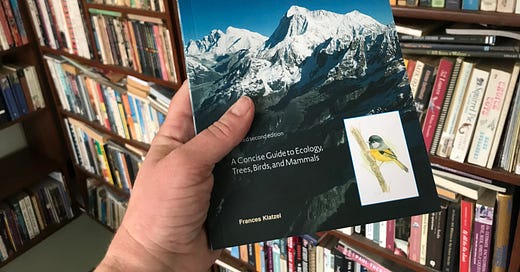Since returning from my travels over the summer loaded down with books, I quietly determined to buy no more until the end of the year. I didn’t tell anyone—resolutions like that seem to vaporize into thin air once spoken aloud—but nonetheless, I stuck to it. Money’s been a little tight, sure, but it’s also because I have so many things I want to read. I don’t need any more right now.
Of course, not needing any more books has never kept me nor any other book lover from accumulating more. There’s even that marvelous Japanese word, tsundoku, for books bought but unread. The only way, therefore, that I can keep from buying more books is simply—staying out of bookstores. And I have.
There was that one evening when I engaged in a twist on my aforementioned drunk book-buying by stopping by a bookswap shelf after some time in a bar and waking up to a stack of four books I only vaguely recollected (not to worry, I have since returned four to the shelves as I clearly was not carrying any around with me that night to leave in exchange).
Aside from those, which were not bought so don’t really count, I’ve been very good—until last Saturday, that is, when I came home from a Christmas market with two spanking new books. One was a gift—more on that another time, I’m sure—but the other one I actually purchased: Natural History of the Wild Side of Everest by Frances Klatzel. It’s the sort of delightful, user friendly book that I wish someone would write about the Kathmandu Valley, too, covering pretty much everything, natural history-wise, from that region.
Foliage, flowers, birds and mammals, all are here and spelled out clearly: where to expect them, how to identify them, with drawings, laid out in a way that’s easy to use. It’s the resource I wanted when trekking in the Everest region and looking at trees and flowers and wondering what they were.
What makes this book so eminently useable is the way it’s laid out; the section on birds, for instance, has subheadings that include “Small noisy birds in the undergrowth” and “Dark-colored medium-sized birds” — which is just what you want if, like me, you’re perhaps not up on the specifics of bird families.
Next time I go east, this will be in my pack, and if you, dear reader, have done any high altitude trekking you’ll know just carefully you vet what you are willing to carry—especially after you’ve once done it and know how weight seems to become exponentially heavier the higher one goes. So I do not say it lightly.
Recommended for visitors to eastern Nepal and armchair travelers alike.



